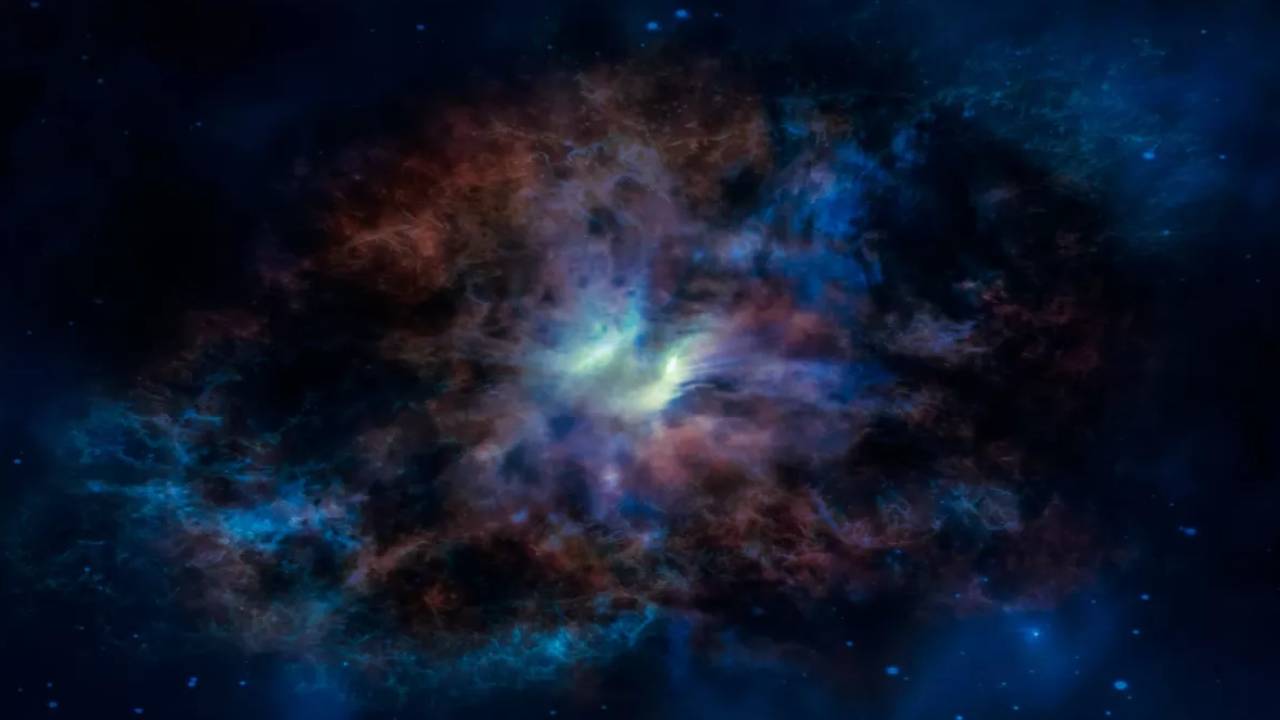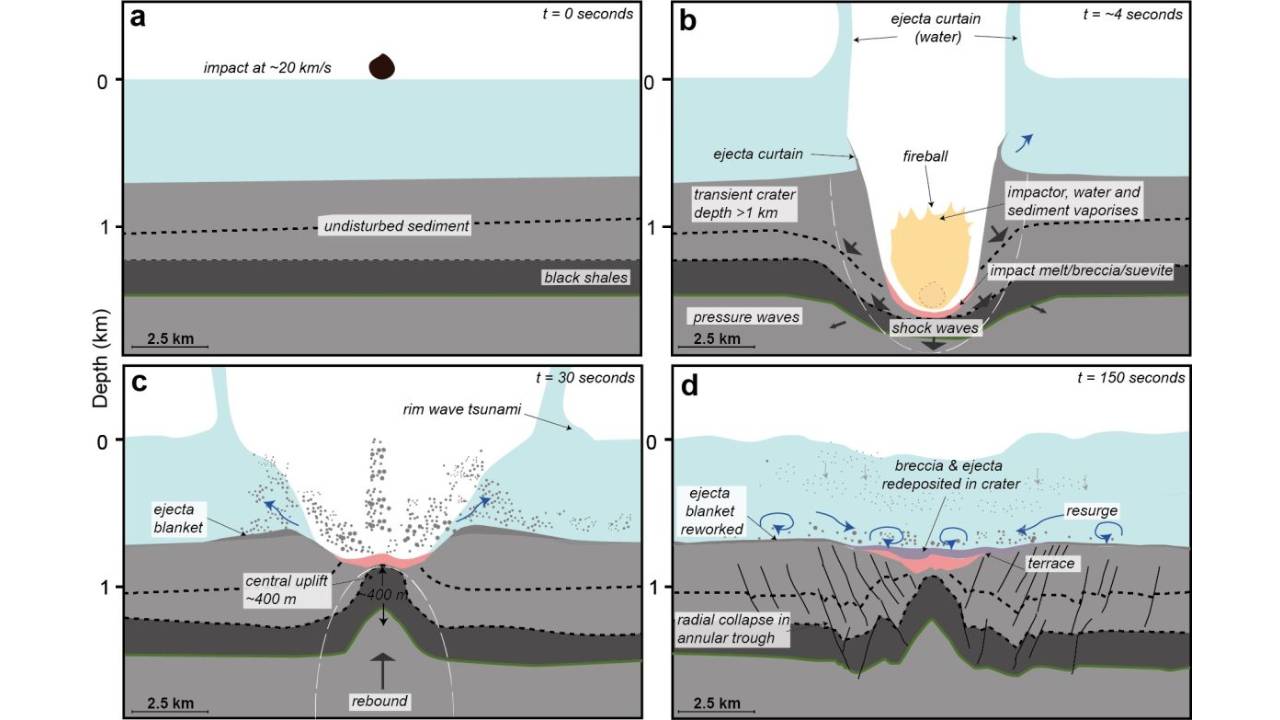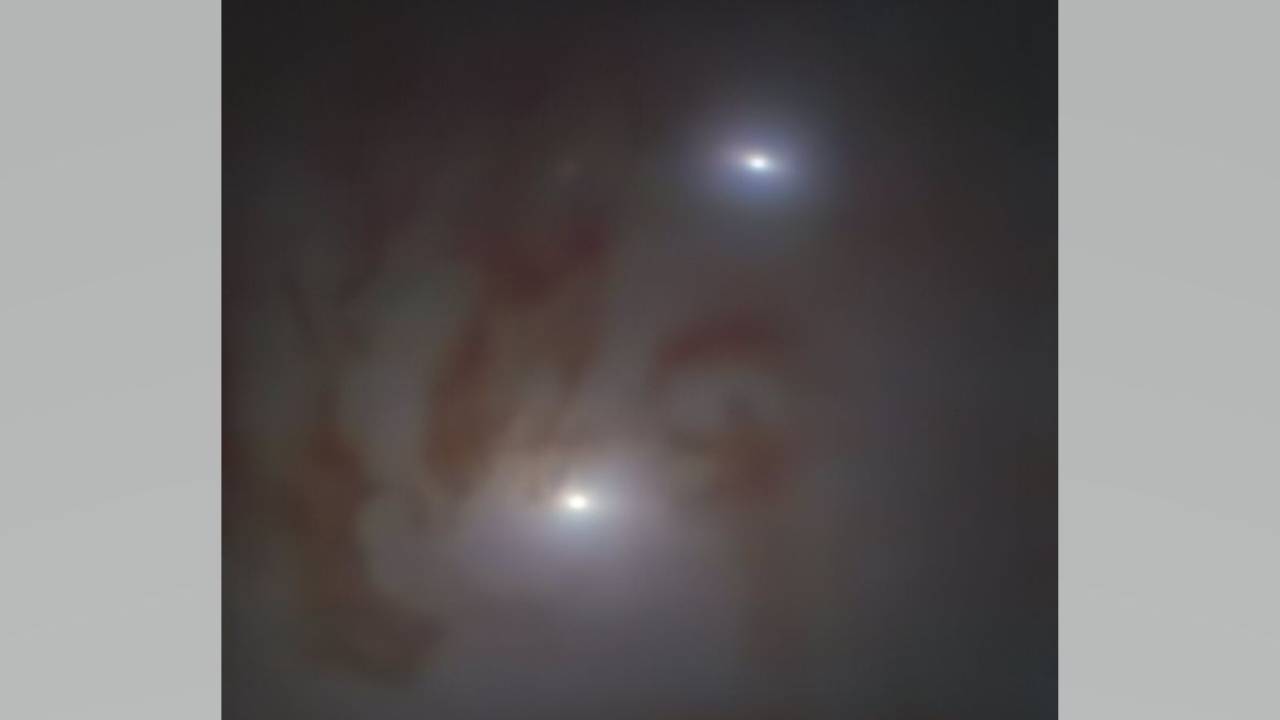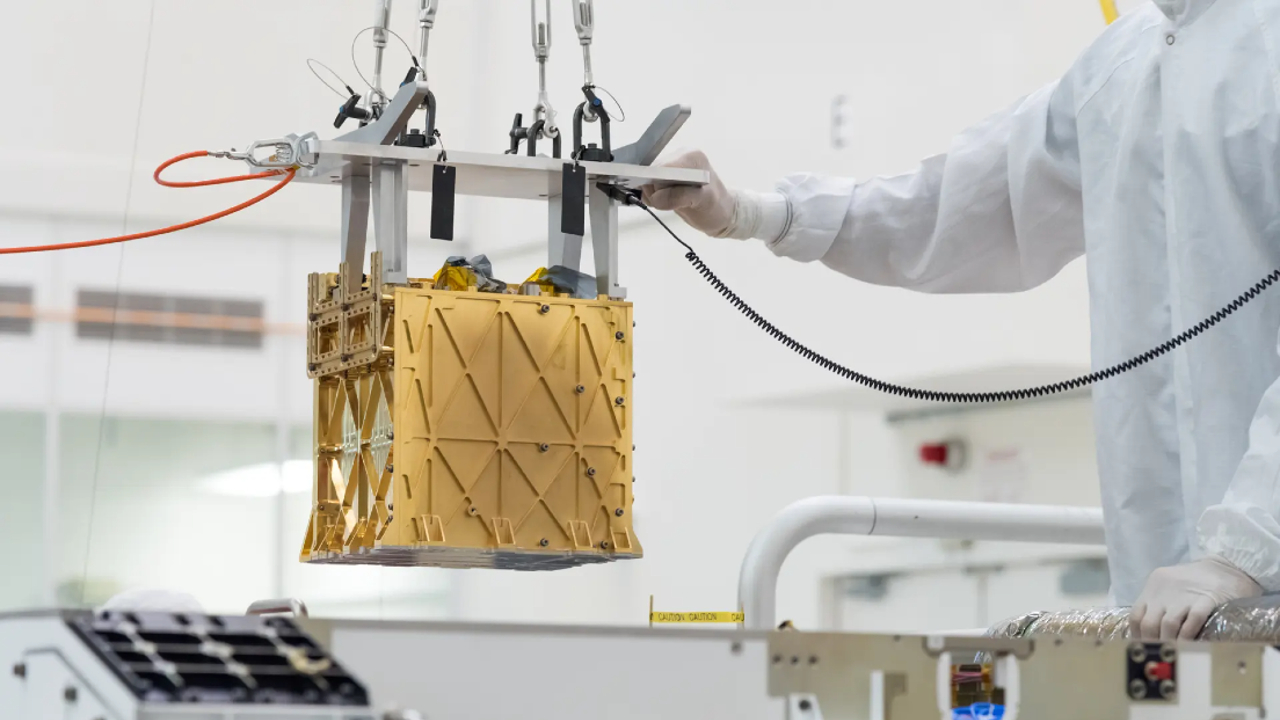happens every month major developments in space We came in August with a packed agenda in our content series that we are curating and discovering. A lot has happened in the past month, both in terms of new discoveries and important developments.
From the unfortunate first launch attempt of NASA’s new manned lunar mission, Artemis, to the project where Russia will blind virtually blind satellites. all the news you can’t miss Have fun reading below!
Space news in the past month
Russia to build new laser factory that will ‘blind’ satellites in orbit
James Webb takes a new photo of the farthest star in the universe
The oldest traces of dark matter in the universe were discovered for the first time: 12 billion years ago…
It has been determined that there may be a second meteorite that caused the end of the dinosaurs
Closest supermassive black holes to Earth ever discovered
As much oxygen has been produced on the surface of Mars as a small tree can produce
The first launch of NASA’s manned lunar mission Artemis has been delayed twice!
Russia to build new laser factory that will ‘blind’ satellites in orbit

There are many satellites orbiting our earth and each satellite has different tasks. Some of these satellites are: ‘spy satellites’.
To combat these satellites, Russia has begun construction of a new laser facility on Earth. The target is satellites by ‘blinding’ their optical sensors prevent them from working and receiving country data.
There is no example yet of this type of laser being developed and working successfully, but if Russia succeeds, it will be in the future. make satellites directly dysfunctional It is believed to pave the way for project development.
The new laser, called Kalina, is designed to target spy satellites in low Earth orbit, and It can protect an area of 100,000 square kilometers from the ‘eyes’ of satellites. it has been said. Russia claims to have used another much less powerful “satellite laser weapon” in 2019, but this is not confirmed information.
James Webb takes a new photo of the farthest star in the universe

One of the most primary missions of the James Webb Space Telescope, which officially began its mission last month by viewing the first stars and galaxies to answer our questions about the formation of the universe. A new image from James Webb, who has collected many important images and data since taking office, allows us to view the farthest star in the universe.
In one corner of this image by James Webb, discovered just earlier this year by the Hubble Space Telescope, Earendel, the farthest star in the universe Viewed.
While the resulting image is not a detailed and ‘fascinating’ image, it is very important to scientists. Because of this kind formed in the younger ages of the universe, It shows that we can obtain a lot of data by using the gravitational lensing method for observing old and very distant stars.
Although James Webb was developed to observe the first generation of galaxies and stars, these celestial bodies It was thought to be so far away that it could not be seen directly one by one.. However, these data indicate that we can do more detailed studies and observations than we thought, even on stars formed billions of years ago.
The oldest traces of dark matter in the universe were discovered for the first time: 12 billion years ago…

Dark matter is almost the universe covers 80% of however, it is a “mysterious” substance that we know very little about. The reason he has this “mysterious” title is because not directly observable and does not radiate energy or light.
Though they can’t observe it directly, scientists know existence and structure of dark matter. They continue to investigate. New data reveals the oldest traces of dark matter ever.
Scientists at the Japanese University of Nagoya searched for the earliest traces of dark matter using ‘cosmic microwave background radiation’. formed 12 billion years ago They found traces of dark matter around early galaxies.
We can say that the cosmic microwave background radiation is the “trail” formed by the energy left over from photons released about 380,000 years after the formation of the universe and have survived to this day. Wherever we look in the universecan we see this radiation and have we mapped it.
Using the cosmic microwave background radiation, the research team peered into the depths of the universe and Traces of dark matter 12 billion years ago Has detected. However, according to the team’s statements, the data obtained conflicts with many dark matter theories that have hitherto been considered “correct.”
The team says the main finding has to do with the structure of dark matter. Dark matter in the early universe indicating that it should be more intense Contrary to the accepted Lambda-CDM model, the team’s data shows that dark matter clustered less ‘densely’ indicates that it is. Team, to verify the data obtained. points to the need for more research.
It has been determined that there may be a second meteorite that caused the end of the dinosaurs

Earth about 66 million years ago An asteroid with a diameter of 12 km struck, and this disaster was the one that dominated our planet at that time. wiped out the dinosaur species from the planet… Another newly discovered crater shows that a second giant meteorite may have hit our planet during the same period and contributed to the extinction of the dinosaurs.
We are still experiencing meteorite cases that fell to Earth today, but luckily these meteorites are often disintegrates when released into the atmosphere and it never reaches our planet or comes in small pieces. However, from the past to the present, we can detect that a large number of meteorites, which are not small in size at all, have hit our planet from the gigantic craters they left behind.
A study in West Africa discovered a type of crater about 1,300 meters below the ground. Less than 900 meters of water and 400 meters of sediment residue While the diameter of the discovered crater is said to be about 5 miles (8 km), the researchers also simulated the damage and effects of the meteorite that created such a large crater.
He calculated that this crater, discovered on the ocean floor about 400 km from the coast in West Africa, hit the ocean floor at that time with a force of 5,000 megatons of TNT, strong enough to produce a 10 km wide fireball. The jump made by the asteroid, which is thought to have triggered a magnitude 7 earthquake, may have increased by 2 km at the time of impact, The waves that reach the coast can reach 100 km in size. detected.
In examining the layers around this crater, also known as the rare crater, the team found that, as with the meteorite event, what we know was roughly the end of the dinosaurs. 66 million years ago It says it’s dated.
According to the team, the asteroid that destroyed the dinosaurs disintegrated on its way to Earth, and these pieces It could have reached Earth in a matter of hours or days of varying sizes. Another idea is that these two meteorites may have fallen a few million years apart on our planet as parts of the same asteroid that broke apart in the asteroid belt.
However, the team has yet to confirm these data, as this crater, which is currently submerged in water and sediment, has only been studied using seismic data. In the coming years, with new research and a bigger challenge, close inspection of the crater is planned.
Closest supermassive black holes to Earth ever discovered

NGC 7727, about With the collision that started 1 billion years ago By imaging the gigantic galaxy formed by the merger of two galaxies, scientists discovered two supermassive black holes that started a “cosmic dance” in the heart of the galaxy.
During their lifetimes of millions and billions of years, galaxies can from time to time ‘collide’ and merge with another nearby galaxy, forming a new galaxy. NGC 7727 is one of those galaxies and is the result of a merger that started about 1 billion years ago. Before the collision, the scientists photographed this galaxy two supermassive black holes at the center of their own galaxy, but contracted after a collision Pictured in the center of NGC 7727.
These two supermassive black holes became the closest supermassive black holes to our galaxy, and thus to Earth, ever detected. It is said that the two black holes, located only 1600 light-years away, will merge into a new and more powerful supermassive black hole after about 250 million years. In the future, the study of such mergers and formations of black holes Our galaxy that will merge with Andromeda It is said to strengthen research on what to expect.
As much oxygen has been produced on the surface of Mars as a small tree can produce

As you know, Mars is shown as the second celestial body to set foot on land for mankind after the moon. With the investigations performed and the tasks performed Creating an environment suitable for human life on the surface of Mars and improving conditions.
In this context, NASA sent Perseverance to Mars in 2020. Good news came from the Moxie spacecraft, which was sent to Mars on Perseverance. The device developed by MIT, which produces oxygen by breaking down carbon dioxide, has been tested at night, during the day and under various weather conditions, running for an hour each time. It managed to produce 6 grams of oxygen. announced. This is equivalent to the amount of oxygen a small tree produces. Moxie’s oxygen production was first announced about a year ago.
Scientists, who said Moxie has had 7 surgeries so far and managed to produce regular oxygen each time, will run longer runs and that it is intended to produce more oxygen.
The first launch of NASA’s manned lunar mission Artemis has been delayed twice!

Perhaps one of the most exciting news of August was the first launch of NASA’s Artemis mission. in total It will take place in 3 launch phases There would be no astronauts on this first mission launch. Unfortunately, the launch failed on the first attempt and the mission was delayed to an unknown future date due to issues with the second.
The announcement that this problem, which caused the launch, which was twice canceled due to the fuel leak, had been solved, came in recent days. After the leak, the fuel tanks must be filled and launched again before September 17. This is expected to take place on September 27.
Click now for an affordable Disney+ membership!



















